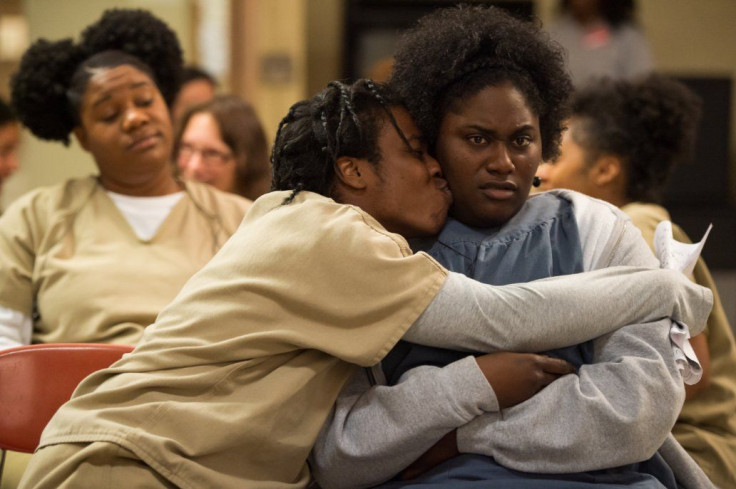Netflix Subscriptions Rising In Europe Following Price Hikes In US, UK: Is Original Content To Blame?

Netflix Inc. only just got to Europe, but its original-content ambitions are already forcing the company to raise its subscription prices there. The streaming-video giant informed European subscribers this week that it would be upping its subscription rates so that it can afford to “continue providing good series and films.”
The increase, first spotted by the Hollywood Reporter, is the third one Netflix has laid on subscribers this year, following subscription price hikes in the United States and the U.K.
It’s notable that the increase is happening in the first foreign market where Netflix is trying to attract subscribers with original content, rather than simply licensing popular domestic and foreign shows. A French-language drama called “Marseille,” which has been likened to “House of Cards,” is in development, and there are others on the way as well; the company said this year it would produce 320 hours of original content in 2015, nearly triple the amount it produced in 2014.
Netflix placed a big bet on original content in the U.S. with shows like “House of Cards,” “Orange Is the New Black” and “Marco Polo,” and it mostly won. The shows raked in critical acclaim, industry awards and widespread interest, not just in the United States but also internationally. Like HBO before it, Netflix has learned that consumers remain more loyal to subscription-based services that offer content they can’t get anywhere else.
But developing slick, high-end shows for an American audience makes sense: More than two-thirds of Netflix’s 65 million subscribers live in the United States, and there is a nearly bottomless global appetite for American television. According to U.K. research firm Enders Analysis, the United States produces 85 percent of the television shows that are exported from one country to another.
Developing slick shows for a country like France, with its population of just 66 million people, has more limited upside and may not deliver the returns that would make it a good investment. “Even though the high-end U.S. series are expensive to buy, they're not as expensive as producing your own,” IHS TV analyst Tim Westcott told International Business Times earlier this year.
But going original might still be Netflix’s best option. When it first dipped its toes into streaming, Netflix deliberately went after cheaper content, and it designed the algorithms in its recommendation engine to deliberately surface the cheapest stuff in its catalog. Then they gradually moved up to more-expensive, premium content licensed from broadcast networks and premium providers like HBO.
Now, as Americans abandon their cable and satellite TV subscriptions in record numbers, the studios that first licensed their premium content to Netflix out of curiosity are acting differently, either holding first-run shows and movies off the service or launching their own competitive streaming offerings.
Full Speed Ahead
Regardless of what studios do, Netflix must continue its global expansion. It is not yet profitable in territories outside the U.S., and its stateside profits are not high enough to fund its march into new markets, so it’s been paying those costs with borrowed money; it carries $2.4 billion in debt on its balance sheets, red ink that could start looking a lot worse if the company hits any snags.
“If profitability in Netflix's international markets doesn't improve as quickly as the company anticipates, or if its growth in the U.S. stagnates earlier than expected, those big interest payments could become a real problem,” the Motley Fool’s Timothy Green wrote earlier this year.
© Copyright IBTimes 2025. All rights reserved.




















